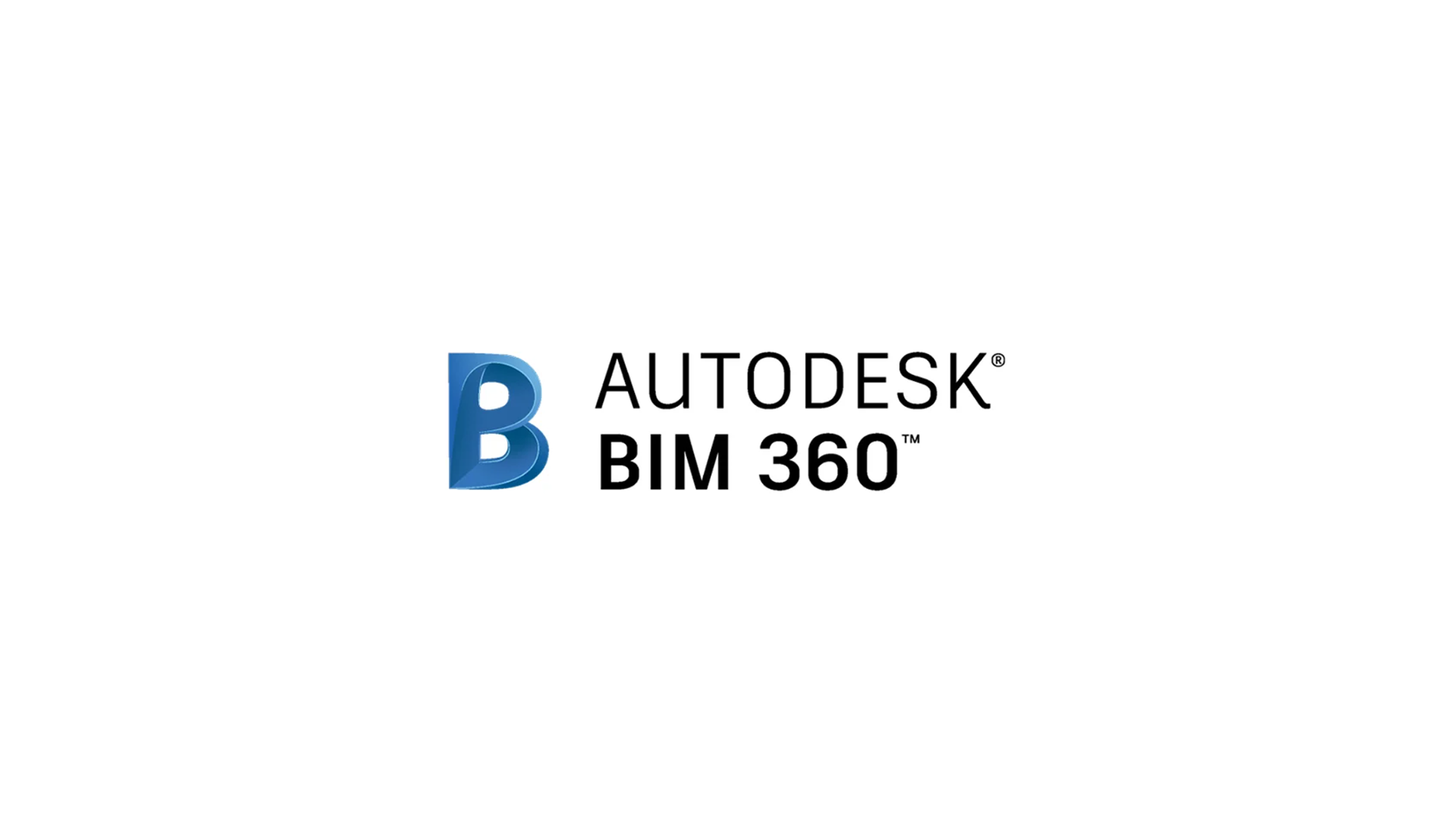Building Information Modelling (BIM) is an innovative design technology that enables the creation of virtual models of buildings and installations. In modular construction, BIM is increasingly being used to design and implement new solutions. In the following article, we outline what the advantages of BIM design are in modular construction.
Why did we choose this design model?
“BIM design is a key part of efficient and well-organised house construction. With 3D modelling of all elements, errors and installation clashes can be ironed out at an early stage, especially as all designers can work on the same model at the same time, speeding up work and improving quality. It is also easy to visualise the building for the developer. This gives a huge advantage over the majority of the market, which designs in 2D. However, BIM is not only about 3D modelling, it is also, above all, a huge database about the project: automatic listings of materials needed for construction, their properties and even prices, or the creation of a sequence of activities on site (material deliveries, team work). This allows for much more efficient management and, consequently, a much better quality building to be realised more quickly.” – said Piotr Bielec, Main Technologist QMODULAR.
Precise planning and design
BIM technology enables the creation of fully three-dimensional virtual models that show not only the external appearance of a building, but also accurately reflect every structural, installation or finishing element. This allows designers and engineers to plan every element of a building in detail, from the structure to the spatial layout, and even ergonomics and optimising the use of space.
Virtual BIM models allow for meticulous analysis and verification of every detail, eliminating design errors at an early stage. This, in turn, translates into avoiding costly revisions and changes during construction. Engineers can carry out virtual performance tests, load tests or thermal simulations to optimise energy performance and occupant comfort.
Optimising the construction process
In addition, Building Information Modelling facilitates collaboration between different project teams. By centralising information and making it available in one place, all project participants have access to up-to-date data and can exchange information in real time. This promotes synergy between designers, engineers, architects and also the client, leading to a better understanding of the client’s needs and expectations.
High quality and sustainability
With Building Information Modelling’s virtual models, designers can identify and mitigate potential construction problems, preventing errors and imperfections in execution. They can also select the right building materials, taking into account their properties and durability. Choosing the right materials plays a key role in protecting a modular building from weathering, degradation and other factors that can affect the durability of the structure.
In addition, virtual BIM models facilitate the monitoring and management of the construction process, which translates into ensuring compliance with the design and quality control of the workmanship of individual modules. This reduces production time and minimises the risk of errors, ultimately increasing the durability of the entire building structure. Read more about the advantages of modular construction HERE.
Flexibility and customisation
With the help of BIM technology, manufacturers of modular homes can customise their products. Manufacturers can easily experiment with different design concepts by adding, removing or changing elements of the modular building. The customer has the opportunity to actively participate in the design process by expressing their suggestions and expectations, which can be instantly implemented into a virtual model.
This flexibility translates into the ability to provide the client with a finished solution that fully meets their expectations. The ability to make changes to the virtual BIM model allows for an optimum design to be achieved that is in line with the client’s preferences, while maintaining structural and aesthetic integrity. In addition, it also provides an accurate estimate of design and production costs, allowing the client to control their investment budget and tailor the project to their financial capabilities. This makes the project process transparent and efficient.
Environmental benefits
With BIM, it is possible to use green building materials that are renewable, biodegradable or recycled. In addition, BIM design allows for the optimisation of a building’s construction and energy performance, which in turn results in significant savings in energy used for heating, cooling or lighting. Controlling water consumption is another aspect that BIM design can effectively assist by monitoring and optimising systems related to water management.
All this makes modular buildings based on BIM design far more environmentally friendly, reducing the negative impact on the ecosystem and encouraging sustainable choices.


